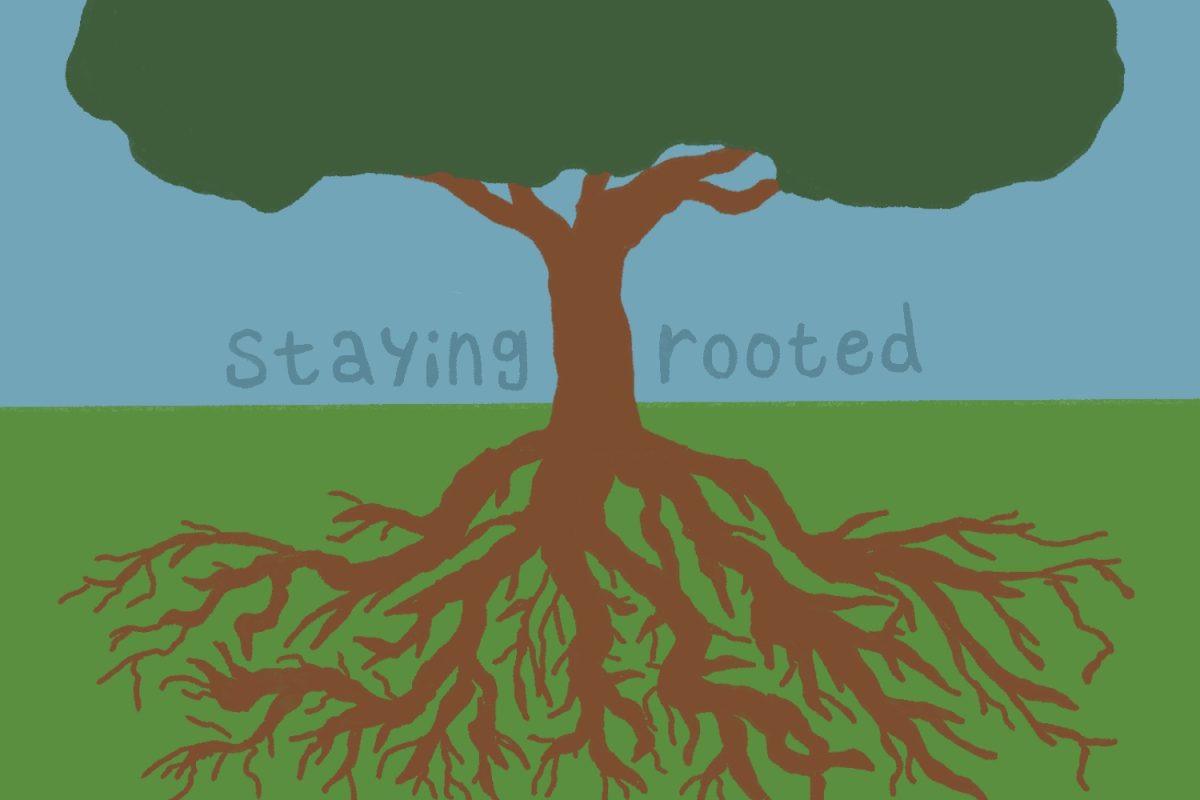Although Massachusetts’ most recent job numbers show an improvement from August of 2011, officials said problems still exist in the number of unemployed youth and a slightly higher unemployment rate in August than July.
The Commonwealth’s job and seasonally unadjusted unemployment statistics showed a slight decrease in unemployment, according to an Executive Office of Labor and Workforce Development press release.
However, the seasonally adjusted unemployment rates for August, which were released on Sept. 20, set unemployment at 6.3 percent, an increase from 6.1 percent in July, according to the release.
This percentage increase is reflected by 4,800 jobs lost throughout the state in August, according to seasonally adjusted job estimates.
Seasonally adjusted unemployment rates are used to eliminate the influences of recurring seasonal events that could affect employment numbers, such as holidays and weather, according to the U.S. Bureau of Labor Statistics.
The August seasonally unadjusted unemployment rate fell to 6.4 percent from 6.6 percent in July, according to the release. This marks a 0.8 percent drop from the seasonally unadjusted rate of August 2011, which was at 7.2 percent.
“It is difficult to look at the percentages on a month-to-month basis, but it is good to see the overall state dropping from last year,” said Rena Kottcamp, director of research for the Boston Department of Unemployment Assistance.
Despite these advances, only two out of 12 Massachusetts areas experienced job growth in August, according to the release.
Worcester had the largest gain of more than 2,000 jobs, according to the seasonally unadjusted data. The Brockton-Bridgewater-Easton area saw the second largest gain, with about 800 jobs added since July. Eight out of 12 areas in the state experienced jobs loss.
“The fact that we lost jobs is never a good sign,” said Don Gillis, executive director of the Massachusetts Workforce Board Association.
But the state still saw an increase in more than 30,000 jobs in the past year, according to the unadjusted figures.
“There is still a lot to do in this state if we want to get the 200,000 unemployed people jobs,” Gillis said.
Gillis said he is hopeful investments the state makes in higher education will give people the skills to get jobs and bridge the gap between people with jobs and the unemployed.
The national seasonally adjusted unemployment rate for August was 8.1 percent, with the unadjusted rate set at 8.2 percent, according to a Sept. 7 press release from the U.S. Bureau of Labor Statistics.
Kottcamp said Massachusetts entered the national recession later than other states and it did not have as big of an impact as other states.
“We are itching out well before the national rate, which is a sign of improvement for us,” she said.
The Boston-Quincy-Cambridge metropolitan division of the New England City and Town Area has seen more than 20,000 jobs created in the past year and has lowered its unemployment rate down to 5.4 percent, according to the EOLWD seasonally unadjusted statistics.
Alysha Ordway, workforce initiatives director at Boston Private Industry Council, said it was promising to see the increase in the size of the labor force for the city.
Despite these increases, Ordway said many underlying factors still remain, such as the unemployment rate being high for young adults.
“I remember when I was a teenager, I had three jobs,” she said, “and now it is so hard for young people to get one.”
The national seasonally adjusted unemployment rate for teenagers and young adults is 24.6 percent, the highest of all demographic groups, according to the Sept. 7 Bureau of Labor Statistics release.
This trend of unemployment among young adults is reflected in Massachusetts as well, Ordway said.
“We need to really help all the people affected by the recession,” she said. “There is still a long way to go before everything is better.”
















































































































